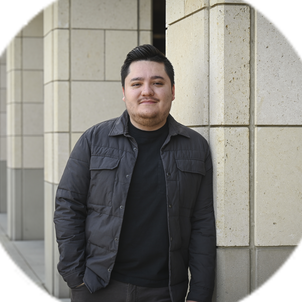I remember sitting at a table in the dining hall one day as an undergraduate, figuring out the best way to walk across campus in the rain without getting wet. What was the optimum walking speed? How did wind velocity factor in? I thought questions like this were really fun, and the sort of thing I wanted to study, and I remember thinking, “If only there was a field where I could study problems like these.”
Soon after that, I had a finance internship at Goldman Sachs. That’s where I learned about the really interesting problems they worked on, like what’s the best way to run a hydroelectric power plant, and how much can you make by running it well? Problems like these were real, fascinating, and required difficult mathematical modeling, and learning about them was a “This is it!” experience for me. It gave me my first taste of the type of problems that would attract me to my field of optimization.
Today I work in the field of optimal decision-making using large-scale datasets. You can think of optimization as the art of taking a real-world problem and modeling it as a mathematical problem. Once that’s done, you use that model to make the best decision. For example, take the problem of trying to run a university during a pandemic. Should there be in-person or online instruction? Should people wear masks? Should parties be allowed? What will the disease transmission rates be for different groups in each of these situations? All of this information goes into the modeling. Once you have those answers, there’s another set of decisions to be made – what are your values? What parts of the problem matter more, and which matter less, and how much are you willing to compromise on a goal in order to better achieve it? You design your decisions to fit those values. In this case, for example, what’s the value of in-person instruction vs. the potential of COVID transmission? There’s real value to having people physically together in a classroom or on the football field, but there’s also value to keeping people from getting sick. In an optimization problem, we have to be able to say how valuable one thing is compared to another.
I’ve worked in domains including medicine, renewable energy and the military. People don’t usually think about problems from an optimization perspective; they often resist value tradeoffs, especially if it involves difficult options. What concerns me is when no one makes those decisions, and we don’t optimize anything; we simply end up at some equilibrium that’s not what anyone wanted. When we’re solving problems, it’s important to be able to make our tradeoffs explicit and understandable, and to talk about what our values are. If we can do that, we can arrive at better solutions.
Related spotlights

Adrienne Propp

Lara Weed

